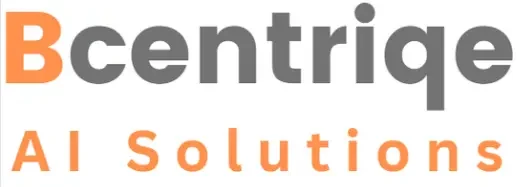Profits need to be extracted from the value chains or else profit gets eaten up by operational inefficiencies, unmanaged costs, wastes, unmanaged disruptions, unmet customer expectations, unreliable partners and non-dependable suppliers. By using AI and real time visibility to sense demand the cross functional teams can effectively plan, monitor and operate supply chains to achieve high profitability by eliminating wastes and proactively managing disruptions.
Sensing demand to generate profits
AI and ML enable organizations to sense demand and thereby convert shortages to opportunities. Demand sensing provides real time visibility into customer demand and enables planners to adjust demand plans and inventory levels. Demand sensing apart from historical organization data uses data from a variety of sources – economic indicators, weather, social media, consumer behaviors, market trends, news and environment. Supply chain business owners need to invest in building strong and robust demand sensing model for their industry and supply chain. Demand sensing models can capture complex, non-linear relationships between variables using machine learning algorithms such as neural networks and decision trees. Demand sensing models provide accurate predictions for short term and medium-term forecasts. These predictions can further be optimized using advanced analytical techniques thereby ensuring optimized inventory levels. Demand sensing helps planners and managers to move from siloed planning to real-time decision intelligence.

Demand sensing can help organizations avoid stockouts, thereby improving profitability. Real-time demand signals can be used to stock specific products for which demand is expected to increase. Demand sensing can also identify event-based demand variations. Historical data combined with real time demand signals demand sensing can accurately predict sudden demand changes for specific products at specific times.
Demand sensing enables 360-degree supply-chain view for all functions leading to organizations effectiveness in eliminating wastes and improving profits by deriving insights:
- Sales team can analyze consumer behavior, optimize product pricing, adjust product sales targets by using targeted advertising
- Planners and managers can reduce stock outs by dynamically adjusting stocks levels using the insights they obtain by monitoring late deliveries, pending deliveries and current stocks
- Finance teams can get insights from accounts receivable and sales outstanding to improve cash flows and reduce financial risks
Published by :
Sr.Director & Country Leader, India Operations – Bcentriqe


















